Kayaking the Salish Sea

Exploring the inland sea
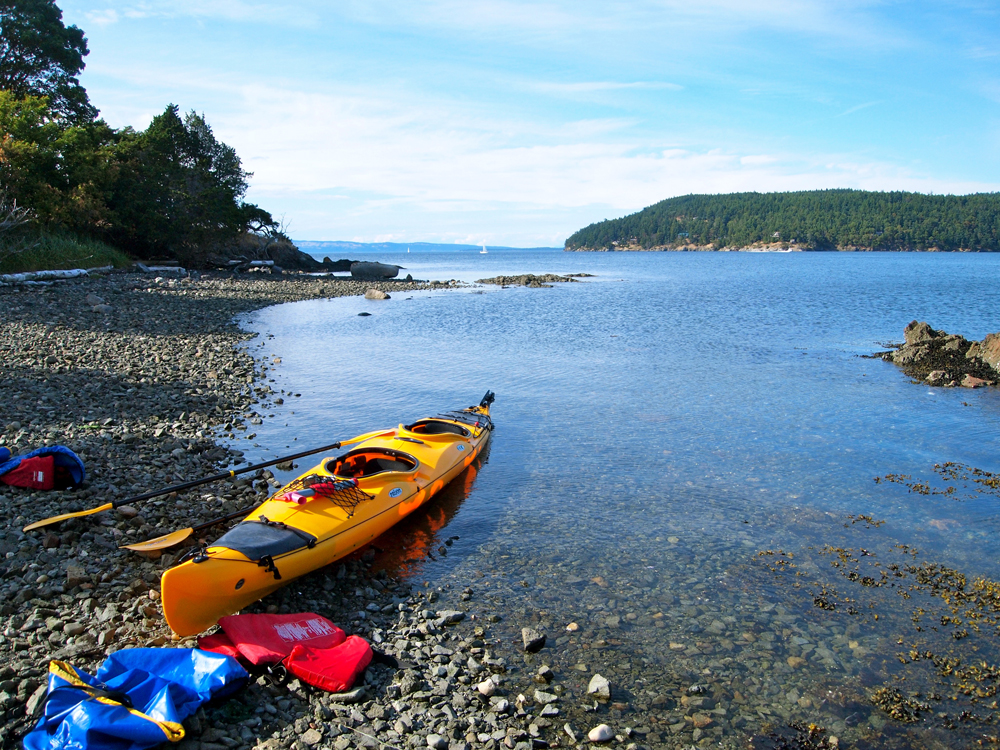
A family of otters looks on as our sea kayak slides through mats of rockweed and crunches to a halt on the shore. As we step onto the beach a great blue heron takes flight from the shallows. Croaking indignantly at our intrusion, it lumbers off between the islands like a feathered dinosaur disappearing in the horizon.
We're paddling the rocky intertidal isles between Vancouver Island and Puget Sound, between Western Canada and the U.S. border. This rich marine ecosystem spans over 4,600 miles (7,500 kilometers) of coastline in the beating heart of the Pacific Northwest. Freckled with over 400 islands, sea kayaks are the best method to explore these watery passages.
Until only recently these coastal waterways had no one name uniting them as a common ecosystem and region. It was only between 2009 and 2010, after years of debate, that the United States and Canada officially recognized this larger body of water as the Salish Sea.
Heart of the Salish
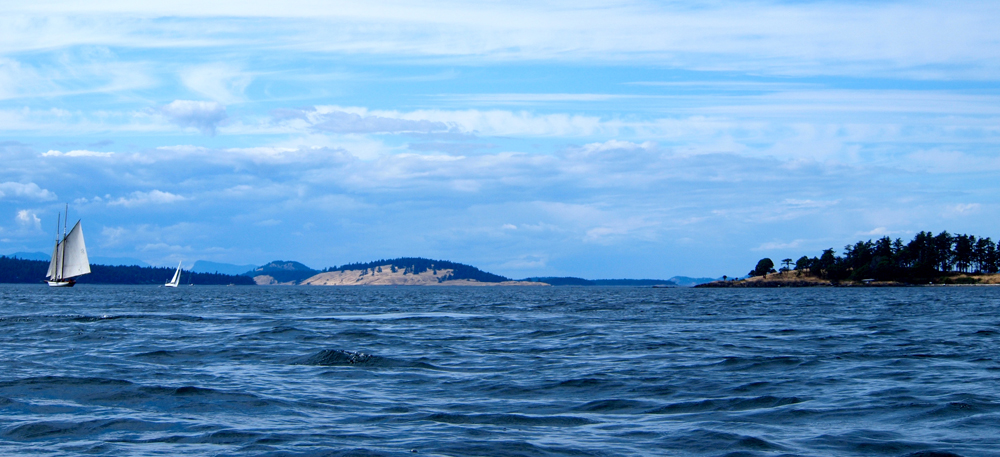
Squinting into the distance we can just make out our destination by the passage of congregating gulls to and from the islands. In the center of the Salish, the grassy meadows and forested slopes of the San Juan Islands meet tide pools and barnacle-encrusted beaches highlighting the unique qualities of both land and sea mixing with the tides.
Interactions like this make the Salish special in many ways. These waters are fresher than the ocean but saltier than the rivers. As fresh water from rivers mixes with salty ocean water congregating near the surface it forms a circulation pattern. Diluted, less dense waters at the surface are pushed seaward towards the mouth of the Straight of Juan de Fuca, while deep, dense ocean waters at the entrance of the Straight are pulled inward from the Pacific.
Every year a volume equal to the entire inland sea exits to the Pacific Ocean in surface water and then fills again to depth. The volume of this estuarine circulation is huge and is like the blood flow of a vast beating heart. The heart of the Salish.
Storms of the Pacific
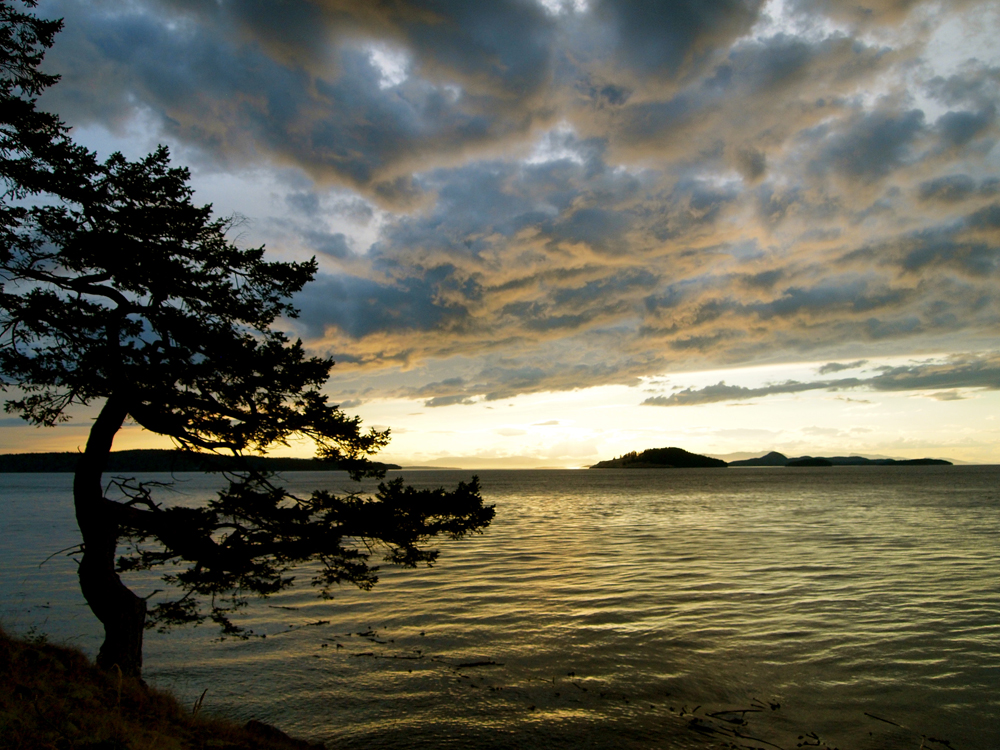
Camping in the protected Wasp Islands for the evening, we looked west and listened to the eerie human-like crying of harbor seal pups hidden in the kelp fronds. As daylight faded and night descended, brooding clouds marched in like an invading army across the horizon. Ominous weather like this is no stranger to these waters, but on this night the sea was dead calm.
The entrance of the Salish Sea is created by a natural channel in the Straight of Juan de Fuca, named after the Greek explorer that first claimed to explore these waters in the service of Spain in the 16th century. As this passageway travels inland, its waters eventually open up to begin spreading north to form the Straight of Georgia and south to create Puget Sound.
Though still lashed by frequent rain, the Salish benefits from a milder climate than the coast. Cradled from the fierce storms of the Pacific by Vancouver Island and Washington's Olympic Mountains, parts of the Salish lie in a rain shadow and thus enjoy more frequent sunny days than some other parts of the Coastal Northwest.
On the tides
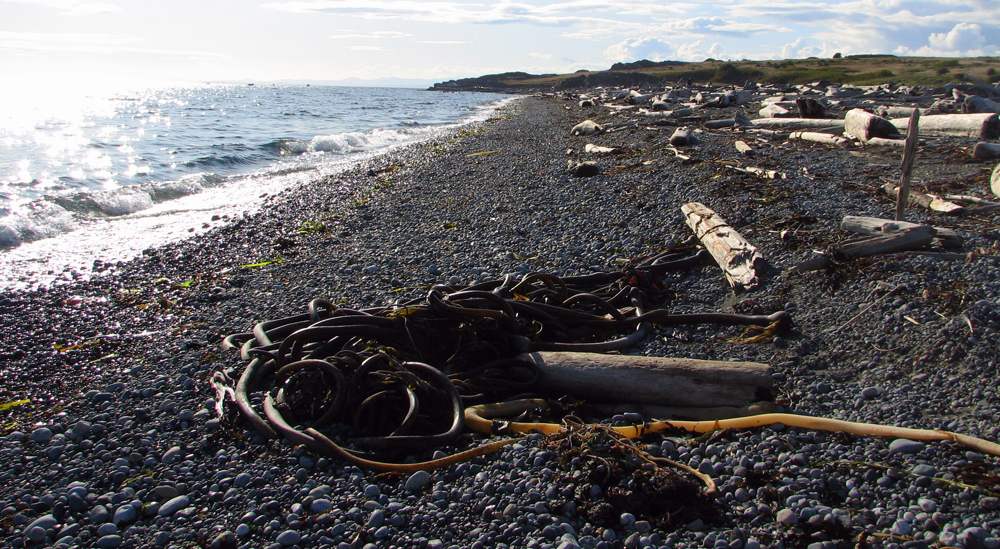
Huge weathered slabs of driftwood and tangled bunches of bull kelp like discarded umbilical cords litter the pebbled shoreline. On any given day, and especially after big storms, strange and amazing things are ready to be found along the shores of the Salish Sea. The flotsam and jetsom of the tides are thrown up like gifts from the deep.
The tidal currents here are tied to the Pacific Ocean. As the tide goes out, water from the Salish flows towards the ocean, and as the tides expand, water from the ocean floods into the Salish. In some places the tidal movement of these waters is extremely strong as it is pushed through narrow passages like Haro Straight.
Strong tidal mixing into and out of the Salish carries nitrogen from deep water in the Pacific along the bottom of the Straight of Juan de Fuca to more inland waters. This nitrogen, a limited but essential nutrient in nature, forms the basis of the Salish Sea's rich marine food web.
The undersea food web
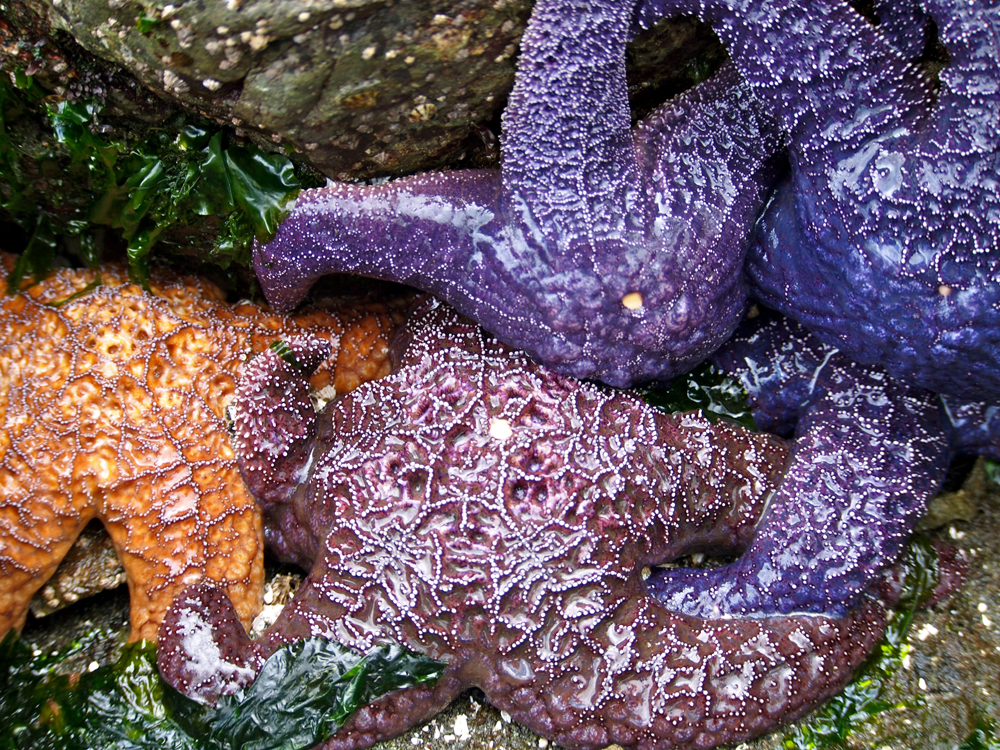
Pulling our kayak onto a sandy beach, we see colorful sea stars that lie exposed at low tide. In bright oranges and purples they glow like jewels among the dull gray rocks. Gently touching them they feel smooth on top, while underneath hundreds of tiny moving tentacles tickle to the touch.
Nurtured by abundant nutrients and sediments from rivers and ample concentrations of oxygen from upwelling, single-cell photosynthesizing phytoplankton form dense clouds on the surface waters of the Salish Sea. The phytoplankton are in turn eaten by microscopic zooplankton forming the basis of a rich and diverse marine food web.
Crustaceans like crabs and shellfish scavenge and filter nutrients from the tides; schools of small fishes that feed on plankton are in turn fed upon by larger fish like salmon. Eagles, seals, orca whales and people all in turn eat the salmon and round and round it goes. As the famed conservationist John Muir said, "When we try to pick out anything by itself, we find it hitched to everything else in the universe."
Sea mammals
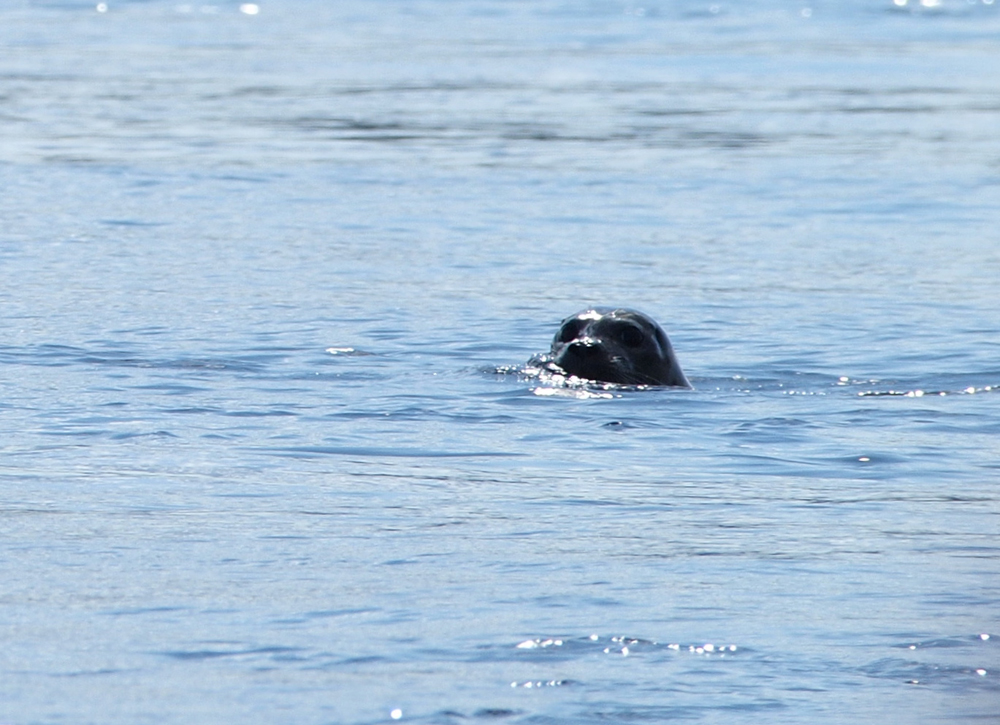
We floated in the eddies quietly watching and listening for harbor seals. As curious about us as we are about them, they appear near our kayak and then vanish like apparitions. The more patient we are the more candid they become. Three juveniles regard us a few yards off, their heads bobbing like buoys, before splashing erupts just off the bough drawing our eyes to a pair wrestling for the prize of a fresh caught salmon.
Marine mammals are abundant in the Salish. Drawn in by large schools of fish, a variety of pinniped (seal) species can be found, including harbor seals, sea lions, and northern elephant seals. The promise of good fishing also draws in numerous cetacean (whale and dolphin) species to these fertile waters.
Harbor porpoises, white sided dolphins, and Dall's porpoise can all be glimpsed here, as well as orcas (also known as killer whales), the top predator in this ecosystem. Though these beautiful and intelligent predators reign supreme, even bigger creatures inhabit these waters. Minke whales, gray whales, and even humpbacks also visit the Salish. Largest of all, these giants comb the inland sea for its smallest denizens, krill and plankton.
Conserving the Salish
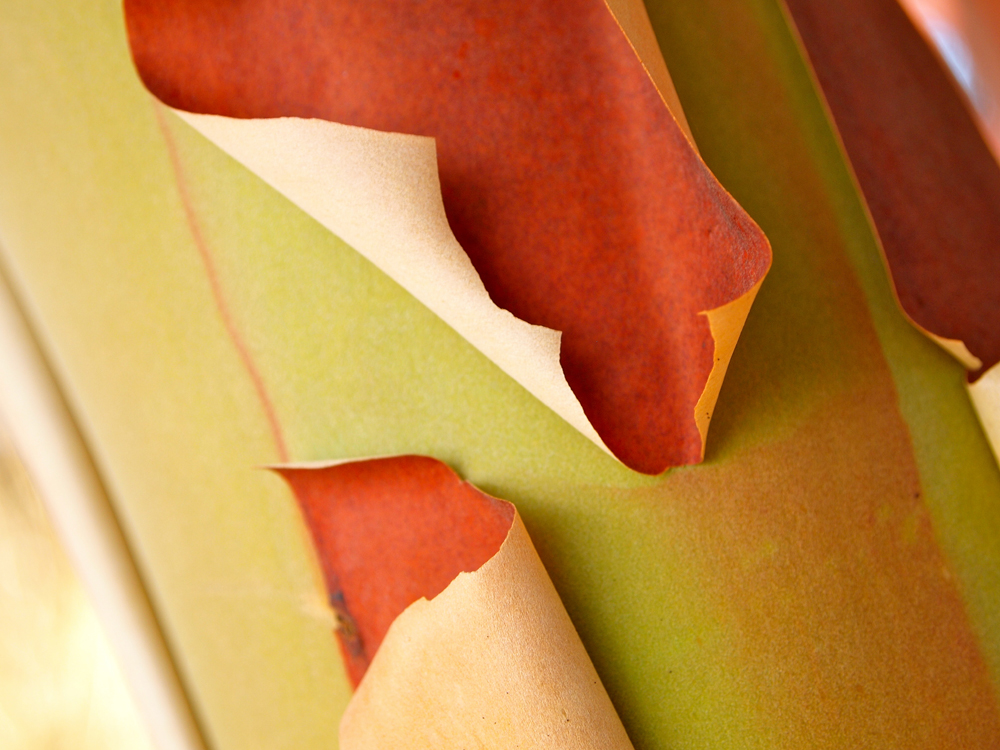
A belted kingfisher fidgets restlessly on its perch above a tidal pool before swooping off across the water laughing. Tall conifers reach up over small clearings of late summer wildflowers and tall grasses, while the drooping branches and maroon bark of madrone trees create fantastic natural colors and designs. Intricate and beautiful, these trees' delicate skins are metaphors for the fragility of this ecosystem.
Just as biologists are beginning to understand this estuarine system as distinct from both the Pacific Ocean to the west and from the deep fjord-like channels of the inside passage to the north, they are also learning that this ecosystem is under threat. [8 of the World's Most Endangered Places]
Pollution from many sources is slowly diminishing water quality in the Salish. Meanwhile these toxins accumulate in the food chain becoming concentrated at unsafe levels in both animals and the humans who eat them. Overharvesting and destruction of habitat have caused many populations to decline, while introduced non-native species compete with natives.
Get the world’s most fascinating discoveries delivered straight to your inbox.
Ecosystem management
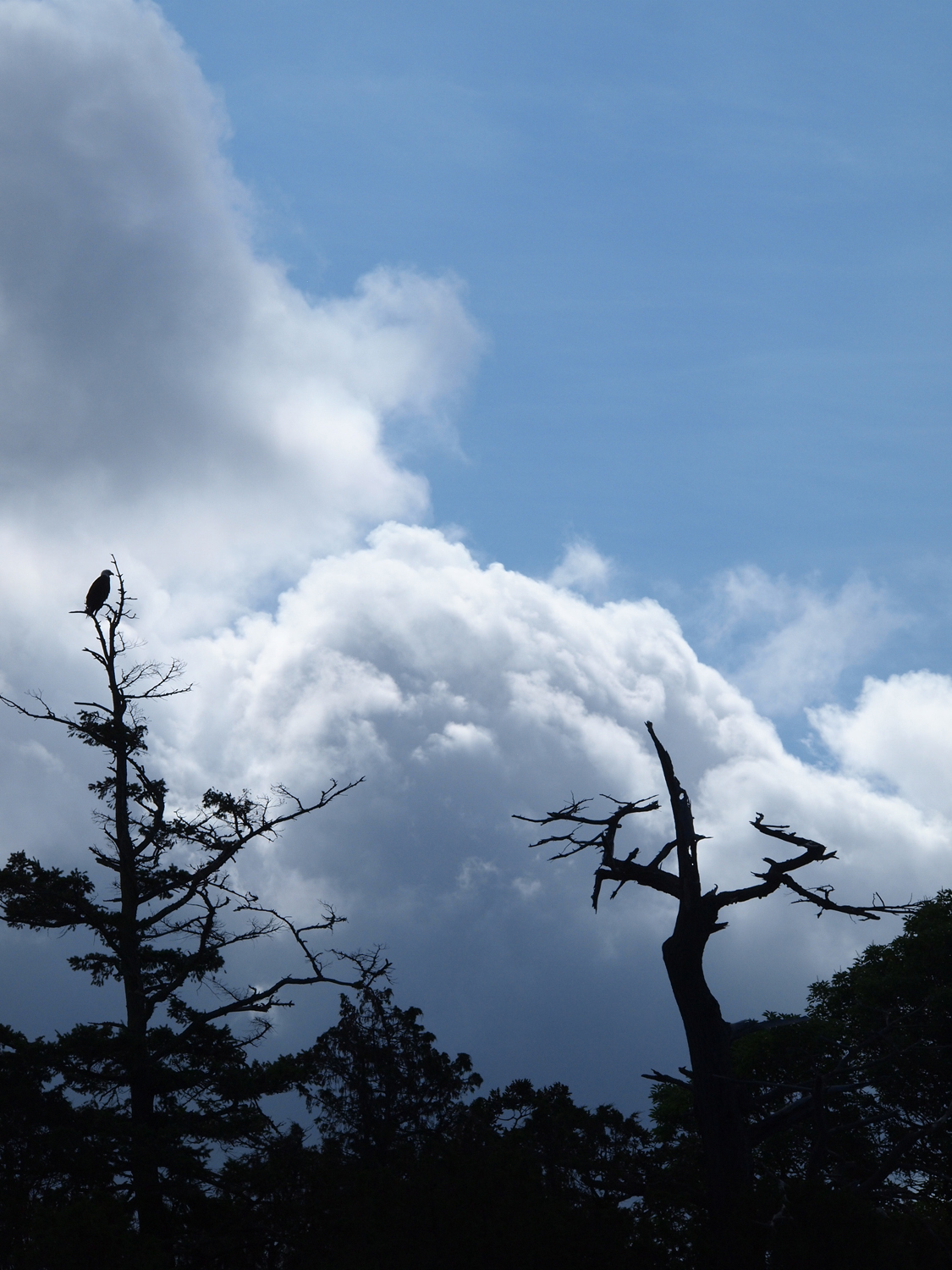
Somewhere under our kayak beyond vision, but ready to our imagination, salmon congregate. They are drawn to these waters from the open ocean before migrating vast distances up the rivers to spawn. Along the way they nourish many other creatures like this bald eagle. If they are lucky they will reach their destinations far inland, frantically breed, and then die completing a timeless cycle and enriching the land with their bodies.
Through such pathways the boundaries of this estuarine system extend well beyond its waters. Today many conservationists are using the holistic approach of ecosystem management to understand how to restore the marine life and integrity of this system.
Any concerted efforts to reduce pollution, restore habitat and bring populations of marine life back to healthy levels has to be grounded in the science of ecosystem management. In order to protect the interconnected marine waters and coastal lands of both British Colombia and Washington State, the inland seas first needed to be better understood and referenced by a single name. It was only recently that these waters have come to be known as the Salish Sea.
The Salish
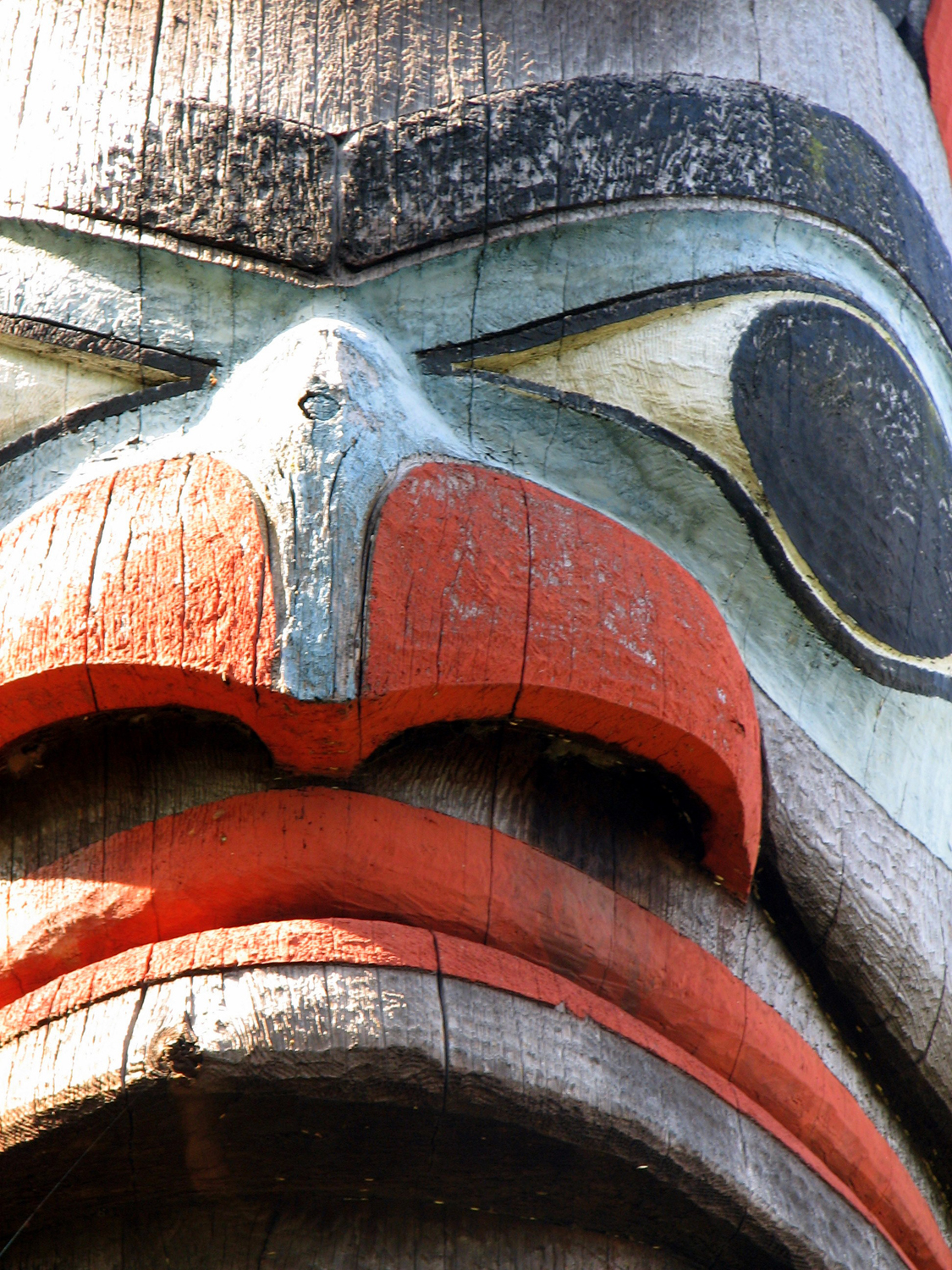
Grim and beautiful figures, both human and animal, stare down from tall totem poles. These figures and symbols stacked one upon the other tell the stories and myths of creation. Such ancient art forms are iconic today of the Pacific Northwest and are a living testament to the native people of this region, a group of First Nation tribes culturally and ethnically known as the Salish.
The coastal tribes of both British Colombia and Washington all share a historical connection with the Salish language. Since 2000 the tribal leaders from both sides of the border recognized the value in working together to protect and restore the unique estuarine ecosystem that defines these waters and lies at the foundation of Coast Salish culture.
Years later in 2010 after tireless crusading spearheaded by Burt Webber, a passionate marine scientist at Western Washington University, the waters of Puget Sound and the Straight of Georgia were formally recognized as the Salish Sea by the governments of both British Colombia and Washington.
What's in a name?
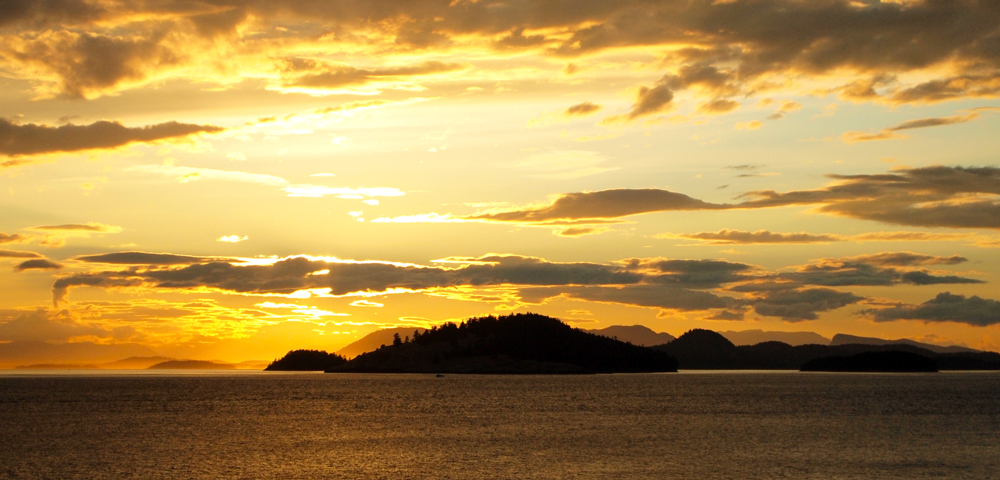
After a long, full day paddling both with and against the tides, scanning the skies and distant shorelines for wildlife, and basking in the sun and sea breezes, we pulled our kayak up on the beach of a small deserted island. Despite the telltale clouds of the Pacific Northwest, we were lucky to catch a last gasp of gold before summer nightfall. A curious phenomena sometimes occurs in this part of the world: As the sun sets it sinks below the clouds lighting up the sky from the bottom up!
Since scientists and natural resource managers have seen the value of calling this collective estuarine ecosystem the Salish Sea as a way to better map, understand and conserve it, the tribes and First Nations that have called these shores home for thousands of years have also found the new name useful in uniting them to action through common pride and heritage.
It is hoped that the name will help heighten awareness of the over 7 million people ringing its shores today to help internalize sense of place and sense of pride to honor and conserve the Salish Sea. [Related: Up the Backbone: Yellowstone to Yukon]


